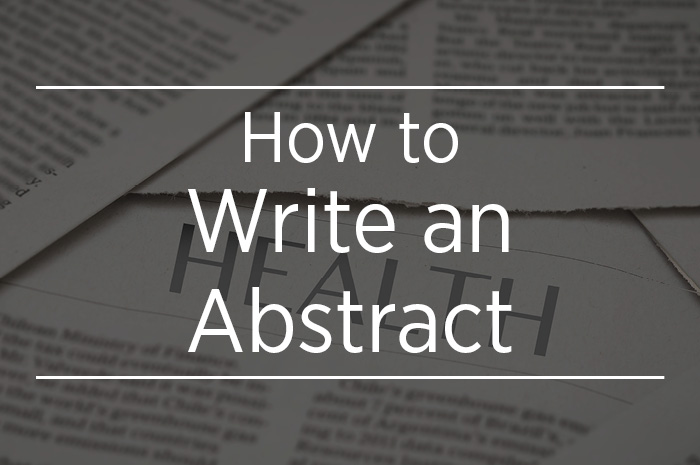Ab An abstract serves as a summary of your research, providing readers with a quick glimpse into the purpose, methodology, results, and conclusion of your work. A well-written abstract can increase the visibility and impact of your research, as it is often the first thing readers encounter when searching for relevant studies. However, writing an effective abstract can be a challenging task, especially if you’re not familiar with the conventions and guidelines for different types of abstracts. In this article, the penmypaper advisor will guide you through the process of writing an abstract like a pro, highlighting key elements and providing tips to help you craft a compelling summary of your research.
What is an Abstract?
An abstract is a summary of a research paper or article that is typically 150 to 250 words long. It provides readers with a quick overview of the study, including the research question, methods, results, and conclusions. The purpose of an abstract is to help readers determine whether or not they should read the full paper.
Types of Abstracts
There are two main types of abstracts: descriptive and informative.
- Descriptive Abstract: A descriptive abstract is a summary of the research paper or article that provides an overview of the content without giving any specific details about the methods, results, or conclusions. It is commonly used for shorter papers or articles.
- Informative Abstract: An informative abstract is a more detailed summary that provides specific information about the research question, methods, results, and conclusions. It is commonly used for longer papers or articles.
- Critical Abstract: A critical abstract is similar to an informative abstract, but it also includes a critical evaluation or analysis of the research paper or article. It provides readers with an assessment of the strengths and weaknesses of the study, as well as its significance and contribution to the field. A critical abstract is often used in literature reviews or meta-analyses.
- Highlight Abstract: A highlight abstract is often use for conference abstracts or promotional materials. It is designe to grab the reader’s attention and highlight the most important findings or conclusions of the research paper or article. A highlight abstract may not provide as much detail as other types of abstracts, but it should still be clear and informative.
In case you need help with crafting an abstract, you have the option to order an essay at essaywriterhelp.
How to Construct an Abstract?
First, begin with a clear and concise statement of the problem you are addressing in your research. This should be follow by a description of your research methodology and design. The remaining parts of your abstract should include significant findings and the conclusion that your research has drawn.
The purpose of an abstract is to provide readers with a concise understanding of the key points and findings of the work, without them having to read the entire document. It should be clear, accurate, and informative, providing a snapshot of what the work is about and what the reader can expect to learn from it.
An abstract typically includes the main research question or problem, the methods used to address it, the key results or findings, and any conclusions or recommendations. It may also briefly mention the significance or implications of the research.
Abstract Structure
Abstracts can be structured or unstructured, depending on the type of work being summarize and the requirements of the publisher or academic journal. They are an important tool for researchers, academics, and other professionals to quickly assess the relevance and importance of a particular piece of research.
It is crucial that you use vivid and engaging language when writing your abstract, advises the online urgent assignment help. Remember, your abstract serves as a first impression of your work and can determine whether readers will continue to read the full paper or not.
Keep in mind that all the elements of your research discussed in the abstract should be described in no more than two lines. This helps to ensure that your abstract is not excessively long.
To help you write an effective abstract, here are some helpful tips to consider:
- Identify the purpose of your research paper. This not only helps your readers understand what your research is about, but it also helps you justify why you chose to research this particular topic.
- Elucidate the problem statement. Your research should address a missing component of previous research, and you should explain how your study will fill that gap
- Describe your research methodology. This section should detail the methods you used in your research, including any references to previously published work and specific models used for analysis.
- Summarize the results. Use expressive and quantitative language to explain your research findings.
Key Takeaways
Writing an abstract requires a clear understanding of the purpose and scope of your research paper or article. It should include a brief statement of the problem, the research methodology and design, significant findings, and conclusions. By following these steps and tips, you can create a well-structure and effective abstract. that will increase the chances of your research being read and cited by others in your field.


